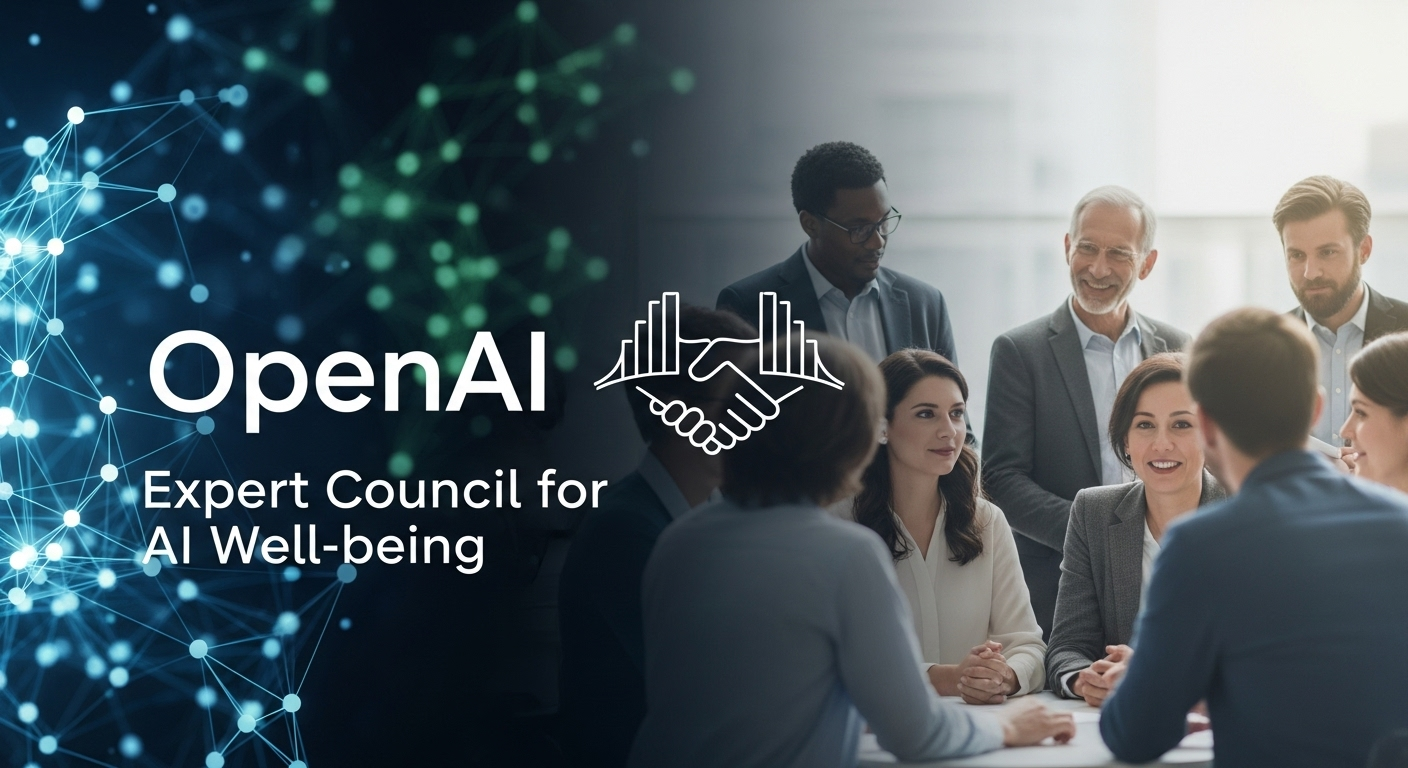Pytho AI Set to Transform Military Mission Planning with AI
In a significant advancement for defense technology, the startup Pytho AI is poised to dramatically alter the landscape of military mission planning. The company aims to leverage artificial intelligence to drastically reduce the time required for mission planning, shrinking the process from days to mere minutes. This innovative approach promises to enhance operational efficiency and responsiveness in critical military operations. Pytho AI will showcase its cutting-edge technology at Disrupt 2025.
The Core Innovation: Turbocharging Mission Planning
The core of Pytho AI’s innovation lies in its ability to turbocharge the mission planning process. How? By employing sophisticated AI algorithms, the system can rapidly analyze vast datasets, including intelligence reports, geographical data, and potential threat assessments. This allows for the generation of optimal mission plans in a fraction of the time traditionally required. This acceleration is particularly critical in today’s rapidly evolving geopolitical environment, where swift decision-making can be the difference between mission success and failure.
Why is this important? The traditional methods of mission planning are often time-consuming and resource-intensive. They involve manual analysis, extensive coordination, and multiple iterations. Pytho AI streamlines this process, allowing military personnel to focus on execution rather than protracted planning phases. This efficiency gain translates into increased readiness and the ability to respond more effectively to emerging threats.
Key Features and Capabilities
Pytho AI’s technology incorporates several key features designed to optimize military mission planning:
- AI-Driven Analysis: The system uses advanced AI to analyze complex data sets, identifying potential risks and opportunities.
- Rapid Scenario Generation: It can quickly generate multiple mission scenarios, allowing commanders to evaluate various courses of action.
- Real-Time Adaptation: The platform can adapt to changing conditions in real-time, providing updated plans as new information becomes available.
- User-Friendly Interface: The system is designed with an intuitive interface, ensuring ease of use for military personnel.
Showcasing at Disrupt 2025
Where will this technology be unveiled? Pytho AI will demonstrate its capabilities at Disrupt 2025. This event provides a significant platform to showcase their tech and connect with potential investors, partners, and military officials. The company plans to offer live demonstrations and detailed explanations of the technology’s functionalities. The event is expected to attract considerable interest from both the defense and technology sectors.
When will this take place? The exact timing of the demonstration at Disrupt 2025 will be announced closer to the event. However, attendees can expect to see a comprehensive overview of how Pytho AI’s technology is revolutionizing military mission planning.
Impact and Future Prospects
The potential impact of Pytho AI’s technology is considerable. By significantly reducing planning times, the company is enabling military forces to respond more swiftly and effectively to a wide range of situations. This includes everything from humanitarian missions to complex combat operations. The technology also has the potential to reduce operational costs and improve overall efficiency.
Looking ahead, Pytho AI plans to continue refining its AI algorithms and expanding the capabilities of its platform. The company is committed to staying at the forefront of innovation in defense technology, ensuring that military forces have access to the most advanced tools available. The company’s focus on integrating AI into mission planning represents a significant step forward in modern warfare.
Conclusion
Pytho AI is at the vanguard of a technological revolution in military mission planning. By leveraging the power of AI, the company is transforming how military operations are planned and executed. With its upcoming showcase at Disrupt 2025, Pytho AI is poised to demonstrate its groundbreaking technology and solidify its position as a leader in the defense technology sector. The ability to compress mission planning from days to minutes is a game-changer, promising to enhance military readiness and operational effectiveness significantly.
Source: TechCrunch




